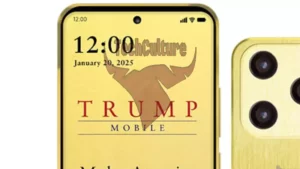In a bizarre turn of events, a 23-year-old woman in California found herself in hot water after allegedly pilfering nearly $2,500 worth of Stanley cups. No, not the prestigious ice hockey championship trophy, but the immensely popular drinking vessels that have become a must-have item for the younger generation. The most sought-after size of the Stanley Quencher, retailing at $45, has become a coveted item among tweens and young adults alike.
The audacious theft took place in Roseville, California, where the Sacramento woman reportedly brazenly absconded with a shopping cart filled with the coveted Stanley cups from an undisclosed retail store. Surveillance images shared by the Roseville Police Department on Facebook reveal a car trunk crammed with pilfered merchandise – an assortment of Stanley cups in varying sizes, with the 40-ounce Quencher being the most popular among the lot.
In a comical yet cautionary Facebook post, the City of Roseville Police Department humorously advised against resorting to criminal activities to satiate one’s hydration needs. The post underscored the surging popularity of the Stanley cups, attributing their newfound fame to influencers who have propelled them into the limelight, particularly through the platform of TikTok. The cups have become the focal point of frenzied shopping sprees as consumers clamor to lay their hands on limited-edition versions, as previously reported by Business Insider.
The incident serves as a stark reminder of the power of social media in propelling everyday items into viral sensations, with the Stanley cups transcending their humble purpose to emerge as a cultural phenomenon. The theft also highlights the lengths to which individuals may go in pursuit of trendy products, albeit in an unlawful manner.
As law enforcement grapples with the peculiar case of the stolen Stanley cups, it stands as a quirky testament to the influence of social media on consumer behavior and the unanticipated consequences that may ensue. The escapade of the Stanley cup thief not only elicited amusement but also underscored the significance of online trends in shaping the consumer landscape.





